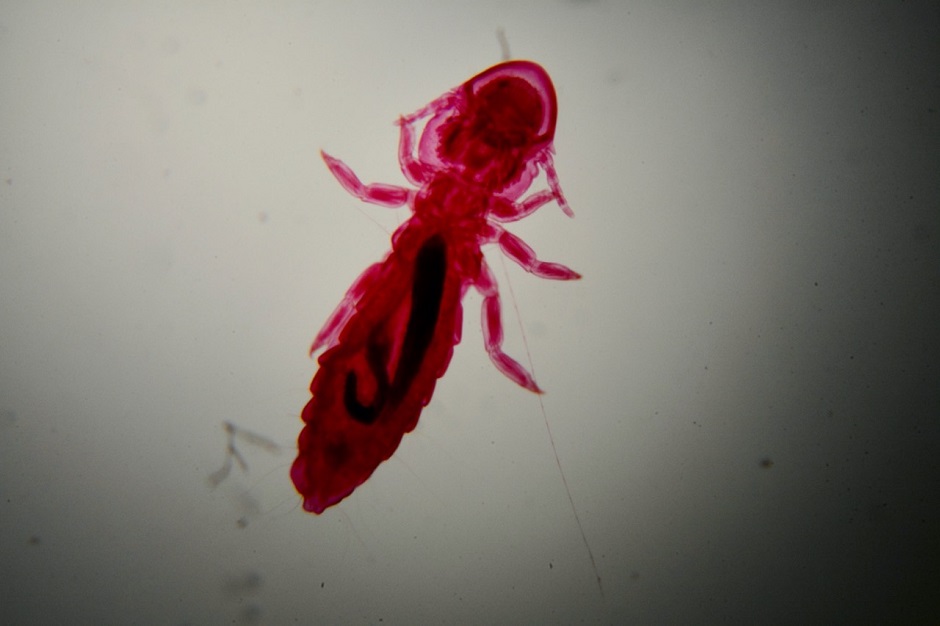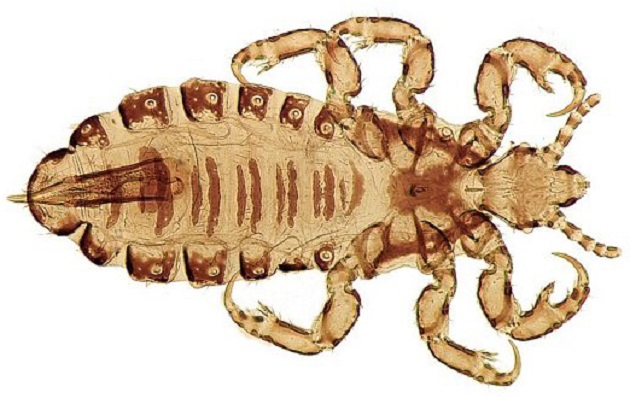The plague of gnats
The gnats, the third of the plagues, are described in Exodus as annoying parasites which attacked both humans and livestock.
22 AUGUST 2021 · 15:00 CET

Then the Lord said to Moses, “Tell Aaron, ‘Stretch out your staff and strike the dust of the ground,’ and throughout the land of Egypt the dust will become gnats.” They did this, and when Aaron stretched out his hand with the staff and struck the dust of the ground, gnats came on people and animals.
All the dust throughout the land of Egypt became gnats. But when the magicians tried to produce gnats by their secret arts, they could not. Since the gnats were on people and animals everywhere, the magicians said to Pharaoh, “This is the finger of God.” But Pharaoh’s heart was hard and he would not listen, just as the Lord had said. (Ex. 8:16-19).
The Hebrew word ken, the term that usually appears in the Old Testament, was used to refer to gnats or ticks. It comes from kanán, which literally means “to subject”, whereas the plural, kinnim, appears in Exodus 8:16, 17, 18 and in Psalm 105:31.
It was translated in the Septuagint as skniphes, and in the Vulgate as sciniphes. The gnats, the third of the plagues, are described in Exodus as annoying parasites which attacked both humans and livestock.
In the hot humid regions along the banks of the Nile, these insects had always been abundant. Hence the Egyptian custom of shaving their heads and removing all body hair, an obligatory practice in the case of all the priests, in order to avoid being infested by these unwelcome insects.
The gnat which attacks humans (Pediculus humanus) is a wingless (apterous) member of the Pediculidae family, and specialises in children and adolescents. There are two known subspecies: P. h. humanus (also known as P. h corporis) and P. h. capitis.
The former resides especially in the body and clothes, while the latter in the hair of the head, the eyebrows and the beard. Both cause pediculosis, an irritation of the skin, with intense itching in the scalp and the rest of the body.
They have similar characteristics: they usually measure about two millimetres and are therefore visible to the naked eye. Under the lens of a microscope, they seem translucent and yellowish brown in colour.
This translucence means that their blood and internal structure can be observed. At the end of their legs, they have curved claws which enable them to grip the hair or clothing. Their antennae are short, and they have tiny eyes. They undergo no metamorphosis or bodily changes during the course of their lifespan.
They lay eggs (known as nits) which stick together and cluster in the hair or clothing. Each individual can lay some 10 eggs a day, and a total of 300 during the course of their lives, as they only live about a month and a half.
These eggs hatch in one week, and tiny gnats emerge from them which look exactly like adult insects. They feed by sucking blood through mouths which were designed for this purpose.

Human louse (Pediculus humanus) magnified about 20 times under the light microscope. / University of Cordoba. There is also another human parasite known as the crab louse (Pthirus pubis) which resides in the pubic hair. The most serious disease that lice and gnats can transmit is spotted fever, caused by a microorganism similar to a virus, known as rickettsia.
The disease is transmitted by the bodily fluids and the excrement of the insect that resides in the clothing penetrating human skin through lesions and scratches, and entering the bloodstream.
This occurs by impulsive scratching, which causes lice to be crushed against the skin. It is for this reason that doctors used to advise against scratching.
In the Biblical text quoted above, we read that God told Moses to instruct Aaron extend his rod and strike the dust so that the ground would be covered by gnats, which would annoy both humans and livestock.
The Egyptian magicians, on that occasion, were unable to replicate Aaron’s action and had no choice but to acknowledge that the third plague had been produced by the finger of God.
However, Pharaoh refused to listen to the testimony of his own subjects, and hardened his heart. The scepticism of certain people seems limitless, even when they are presented with substantial evidence. When someone does not want to believe, they close their mind to any testimony that contradicts their incredulity.
This was what also happened with some of those who witnessed the resurrection of Lazarus. They saw it with their own eyes, but closed their minds and their hearts to what it meant. It was another example of the perennial problem of human rebellion.
Hence the teaching in the book of Hebrews that “without faith it is impossible to please God; because whoever approaches God must believe that he is, and that he rewards those who earnestly seek him” (Hebrews 11:6).
The Almighty, in his infinite wisdom, revealed himself to humankind by means of a fine thread, which enables those who have faith to see Him in the design of creation and, at the same time, to enable those who have no faith to remain free to deny his existence.
God does not hide himself, it is humans who have been hiding from God since the very beginning.
Published in: Evangelical Focus - Zoe - The plague of gnats
